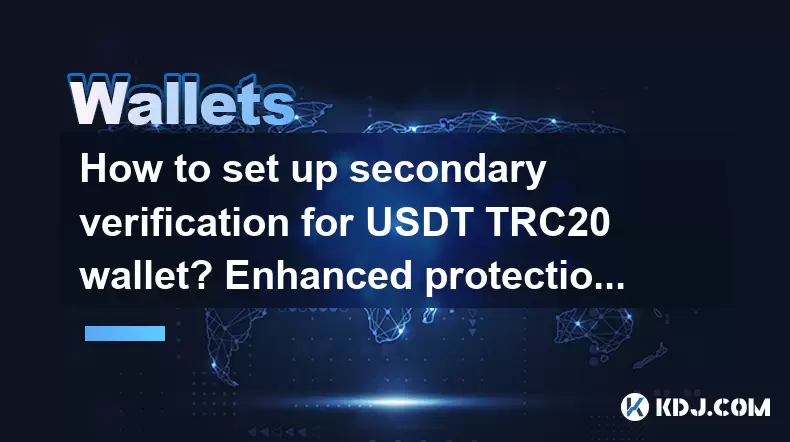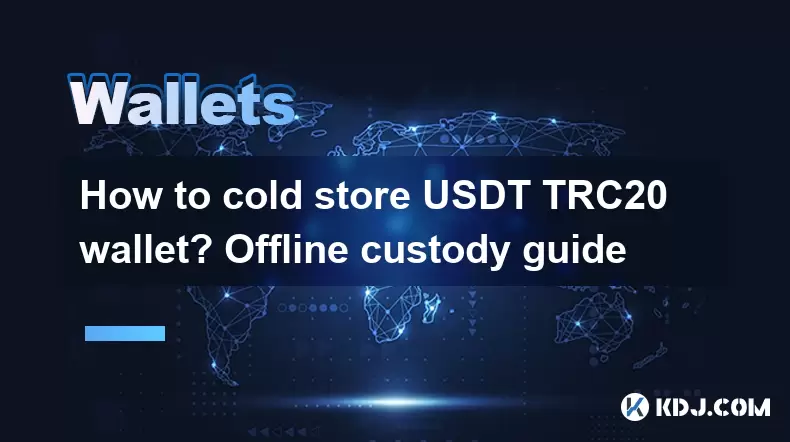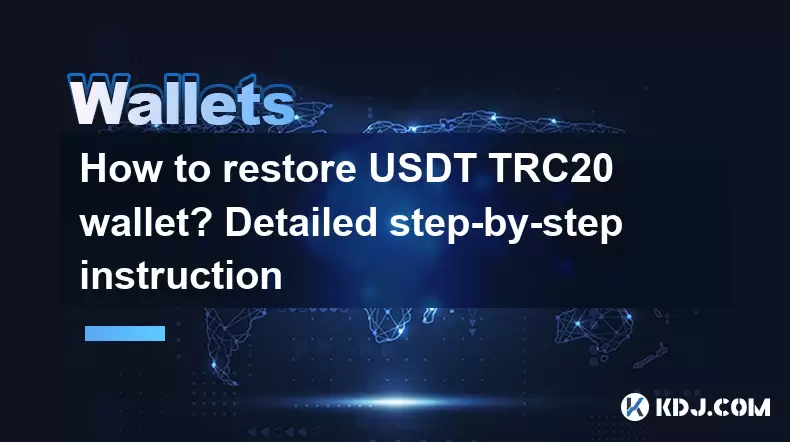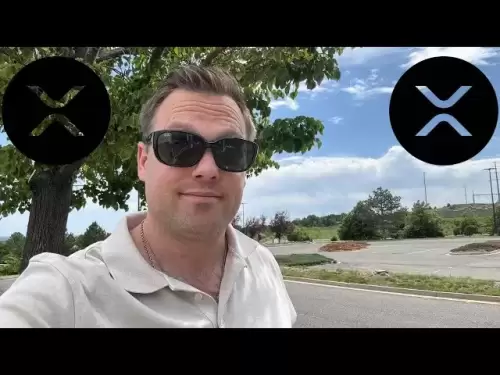-
 Bitcoin
Bitcoin $106,077.7663
-2.62% -
 Ethereum
Ethereum $2,644.4634
-6.15% -
 Tether USDt
Tether USDt $1.0002
0.01% -
 XRP
XRP $2.1872
-4.65% -
 BNB
BNB $653.9698
-2.13% -
 Solana
Solana $153.1055
-6.13% -
 USDC
USDC $0.9995
-0.02% -
 Dogecoin
Dogecoin $0.1816
-7.39% -
 TRON
TRON $0.2711
-2.62% -
 Cardano
Cardano $0.6627
-6.02% -
 Hyperliquid
Hyperliquid $41.2391
-2.26% -
 Sui
Sui $3.2151
-6.48% -
 Chainlink
Chainlink $13.9480
-8.21% -
 Avalanche
Avalanche $20.3371
-6.68% -
 Bitcoin Cash
Bitcoin Cash $426.8582
0.05% -
 Stellar
Stellar $0.2690
-3.73% -
 UNUS SED LEO
UNUS SED LEO $8.8698
-1.89% -
 Toncoin
Toncoin $3.0810
-5.36% -
 Shiba Inu
Shiba Inu $0.0...01223
-7.14% -
 Hedera
Hedera $0.1640
-6.34% -
 Litecoin
Litecoin $86.5702
-6.14% -
 Polkadot
Polkadot $3.9430
-6.93% -
 Ethena USDe
Ethena USDe $1.0004
-0.03% -
 Monero
Monero $316.4579
-4.76% -
 Bitget Token
Bitget Token $4.6091
-4.34% -
 Dai
Dai $1.0001
0.02% -
 Pepe
Pepe $0.0...01157
-8.95% -
 Uniswap
Uniswap $7.6778
-4.82% -
 Pi
Pi $0.6144
-3.05% -
 Aave
Aave $290.2271
-5.59%
How to check the current network status of MetaMask?
To ensure smooth transactions, always check MetaMask's network status and verify connectivity through its interface or external tools like Etherscan.
Jun 11, 2025 at 10:49 pm

Understanding the Importance of Checking MetaMask's Network Status
MetaMask is a widely used cryptocurrency wallet, both as a browser extension and a mobile app. It allows users to interact with decentralized applications (dApps) on the Ethereum blockchain and other EVM-compatible networks. Checking the current network status of MetaMask is crucial for ensuring transactions are processed smoothly and securely. If there's an issue with the network, it could lead to failed transactions or unexpected behavior in dApps.
To maintain optimal performance, users should always verify that they're connected to the correct network. This includes checking whether you're on Ethereum Mainnet, Binance Smart Chain, Polygon, or any custom RPC configuration you may have added.
Step-by-Step Guide to Accessing MetaMask Network Settings
The first step in checking your MetaMask network status involves accessing the wallet interface. Open your browser where MetaMask is installed and click on the fox icon to launch the extension. Once inside, locate the network selection dropdown at the top of the interface. This dropdown shows the currently selected network, such as "Ethereum Mainnet" or "Ropsten Test Network."
Clicking on this dropdown reveals a list of available networks. If you see a red exclamation mark next to a network name, it indicates connectivity issues. This visual cue helps users quickly identify if there’s a problem with the network they're trying to use.
Verifying Network Connectivity via Transaction Activity
Another practical way to check the network status is by initiating a small transaction or interacting with a dApp. If MetaMask fails to broadcast the transaction or displays a "Transaction Not Mined Within 750 Seconds" error, it could indicate network congestion or RPC server downtime.
In such cases, users can switch to a different network temporarily or manually configure a new RPC provider. To do this, navigate to the settings menu within MetaMask, then select "Networks." From there, choose the problematic network and edit its settings. Ensure that the RPC URL is accurate and up-to-date; incorrect URLs often cause connection failures.
Using External Tools to Monitor Network Health
While MetaMask provides basic network status indicators, using external tools like Etherscan or Blockchain explorers can offer deeper insights into network health. For instance, visiting etherscan.io and checking the latest blocks and transactions can help determine if the Ethereum network is experiencing delays or high gas fees.
Additionally, websites like DappRadar or CoinGecko Crypto Stats provide real-time data on blockchain network congestion, average confirmation times, and more. These resources allow users to cross-verify MetaMask's internal network status with broader network performance metrics.
Troubleshooting Common Network Issues in MetaMask
When encountering persistent network issues, users should consider several troubleshooting steps:
- Check internet connectivity: Ensure that your device has stable access to the internet.
- Clear cache and cookies: Sometimes, corrupted cache files interfere with MetaMask’s ability to connect to RPC servers.
- Try a different RPC provider: Replace the default RPC URL with alternatives like Infura, Alchemy, or public nodes from services like ChainStack.
- Update MetaMask: Running an outdated version might lead to compatibility issues with newer network protocols.
- Disable browser extensions: Conflicts with other extensions can disrupt MetaMask's functionality.
By systematically addressing each potential issue, users can isolate the root cause and restore normal network operations in MetaMask.
Frequently Asked Questions (FAQ)
Q: Why does MetaMask show a "Disconnected" message even when I'm online?
A: This typically occurs due to an unstable connection between MetaMask and the RPC server. Try switching networks or updating your RPC URL settings.
Q: Can I add custom networks to MetaMask for testing purposes?
A: Yes, MetaMask supports custom network configurations. Go to Settings > Networks > Add Network and input the required parameters such as RPC URL, chain ID, and currency symbol.
Q: How do I know if my MetaMask is using the correct network after switching?
A: The selected network will appear at the top of the MetaMask interface. Additionally, you can send a small test transaction to confirm interaction with the intended blockchain.
Q: Is there a way to receive alerts about network outages in MetaMask?
A: Currently, MetaMask does not offer built-in outage alerts. However, third-party monitoring tools or community channels like Discord and Twitter for specific blockchains may notify users of ongoing network issues.
Disclaimer:info@kdj.com
The information provided is not trading advice. kdj.com does not assume any responsibility for any investments made based on the information provided in this article. Cryptocurrencies are highly volatile and it is highly recommended that you invest with caution after thorough research!
If you believe that the content used on this website infringes your copyright, please contact us immediately (info@kdj.com) and we will delete it promptly.
- Ditching the Meme: Why Savvy Investors Are Putting Their Money into Ruvi AI Instead of Shiba Inu
- 2025-06-13 07:00:13
- Spark Protocol Prepares to Airdrop Its SPK Token, TVL Surges 114%
- 2025-06-13 07:00:13
- Increasing by 4x in two months, Hype recovered fully from the early-year collapse and printed a new all-time high yesterday.
- 2025-06-13 06:57:02
- Coinbase to Launch Cryptocurrency Perpetual Futures Trading for U.S. Users
- 2025-06-13 06:50:13
- The Best Cryptos to Join Now: Qubetics, Stellar, and Tezos Are Leading the Charge
- 2025-06-13 06:50:13
- Trust Wallet Token (TWT) Price Drops 5.7% as RWA Integration Plans Ignite Excitement
- 2025-06-13 06:45:13
Related knowledge

How to set up secondary verification for USDT TRC20 wallet? Enhanced protection
Jun 12,2025 at 12:07pm
Understanding USDT TRC20 Wallets and Security NeedsWith the increasing popularity of Tether (USDT) on the TRON (TRC20) network, securing digital assets has become a critical concern for users. A USDT TRC20 wallet is essentially a blockchain wallet that supports the TRC20 protocol, allowing users to store, send, and receive USDT tokens. Given the volatil...

How to sign USDT TRC20 wallet offline? Safe transaction method
Jun 13,2025 at 05:21am
What Is USDT TRC20 and Why Offline Signing MattersUSDT TRC20 refers to the Tether token issued on the TRON blockchain, offering faster transactions and lower fees compared to its Ethereum-based counterpart. When users want to send or receive USDT TRC20, they often use online wallets like Trust Wallet or TokenPocket. However, for security-conscious indiv...

How to use USDT TRC20 wallet anonymously? Privacy protection guide
Jun 12,2025 at 11:35pm
Understanding USDT TRC20 and Its Privacy ImplicationsUSDT TRC20 refers to the Tether (USDT) cryptocurrency that operates on the TRON blockchain. Unlike its Ethereum-based ERC20 counterpart, TRC20 offers faster transactions and lower fees. However, despite these advantages, privacy remains a significant concern for many users who wish to transact anonymo...

How to cold store USDT TRC20 wallet? Offline custody guide
Jun 11,2025 at 09:36pm
Understanding USDT TRC20 and Cold StorageUSDT (Tether) is a stablecoin pegged to the value of the U.S. dollar, offering stability in the volatile cryptocurrency market. TRC20 refers to the technical standard used for smart contracts on the Tron blockchain, which is different from Ethereum's ERC-20. When it comes to securing your USDT TRC20 tokens, cold ...

How to export USDT TRC20 private key? Security operation guide
Jun 11,2025 at 07:08pm
Understanding USDT TRC20 and Private KeysTether (USDT) is one of the most widely used stablecoins in the cryptocurrency market. The TRC20 version of USDT operates on the TRON blockchain, offering faster transaction speeds and lower fees compared to its ERC-20 counterpart on Ethereum. When you hold USDT TRC20, your ownership is secured through a private ...

How to restore USDT TRC20 wallet? Detailed step-by-step instruction
Jun 12,2025 at 06:56am
Understanding the USDT TRC20 Wallet Restoration ProcessRestoring a USDT TRC20 wallet typically involves retrieving access to your digital assets using either a private key, a seed phrase, or a wallet address. This process is crucial for users who have lost access to their wallets due to device changes, software issues, or accidental deletion. The TRC20 ...

How to set up secondary verification for USDT TRC20 wallet? Enhanced protection
Jun 12,2025 at 12:07pm
Understanding USDT TRC20 Wallets and Security NeedsWith the increasing popularity of Tether (USDT) on the TRON (TRC20) network, securing digital assets has become a critical concern for users. A USDT TRC20 wallet is essentially a blockchain wallet that supports the TRC20 protocol, allowing users to store, send, and receive USDT tokens. Given the volatil...

How to sign USDT TRC20 wallet offline? Safe transaction method
Jun 13,2025 at 05:21am
What Is USDT TRC20 and Why Offline Signing MattersUSDT TRC20 refers to the Tether token issued on the TRON blockchain, offering faster transactions and lower fees compared to its Ethereum-based counterpart. When users want to send or receive USDT TRC20, they often use online wallets like Trust Wallet or TokenPocket. However, for security-conscious indiv...

How to use USDT TRC20 wallet anonymously? Privacy protection guide
Jun 12,2025 at 11:35pm
Understanding USDT TRC20 and Its Privacy ImplicationsUSDT TRC20 refers to the Tether (USDT) cryptocurrency that operates on the TRON blockchain. Unlike its Ethereum-based ERC20 counterpart, TRC20 offers faster transactions and lower fees. However, despite these advantages, privacy remains a significant concern for many users who wish to transact anonymo...

How to cold store USDT TRC20 wallet? Offline custody guide
Jun 11,2025 at 09:36pm
Understanding USDT TRC20 and Cold StorageUSDT (Tether) is a stablecoin pegged to the value of the U.S. dollar, offering stability in the volatile cryptocurrency market. TRC20 refers to the technical standard used for smart contracts on the Tron blockchain, which is different from Ethereum's ERC-20. When it comes to securing your USDT TRC20 tokens, cold ...

How to export USDT TRC20 private key? Security operation guide
Jun 11,2025 at 07:08pm
Understanding USDT TRC20 and Private KeysTether (USDT) is one of the most widely used stablecoins in the cryptocurrency market. The TRC20 version of USDT operates on the TRON blockchain, offering faster transaction speeds and lower fees compared to its ERC-20 counterpart on Ethereum. When you hold USDT TRC20, your ownership is secured through a private ...

How to restore USDT TRC20 wallet? Detailed step-by-step instruction
Jun 12,2025 at 06:56am
Understanding the USDT TRC20 Wallet Restoration ProcessRestoring a USDT TRC20 wallet typically involves retrieving access to your digital assets using either a private key, a seed phrase, or a wallet address. This process is crucial for users who have lost access to their wallets due to device changes, software issues, or accidental deletion. The TRC20 ...
See all articles

























































































